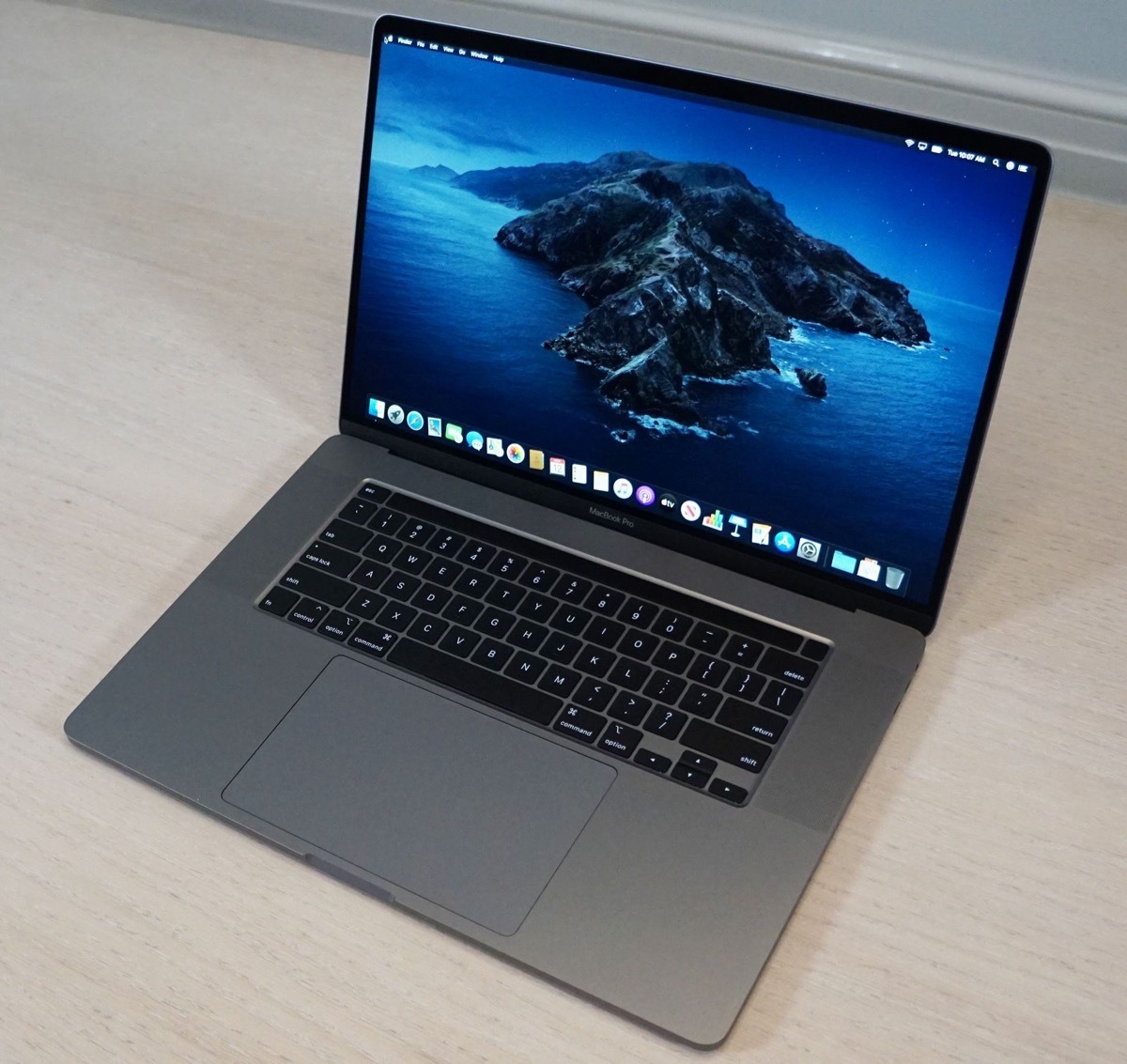
- #32gb vs 16gb ram macbook pro 1080p
- #32gb vs 16gb ram macbook pro upgrade
- #32gb vs 16gb ram macbook pro mac
#32gb vs 16gb ram macbook pro 1080p
That’s notable as it allows the notebook to maintain high performance under sustained loads for longer.įor the 14-inch MacBook Pro, you get the M1 Pro or M1 Max chip with the option for more CPU and GPU cores, increased RAM, full HD 1080p FaceTime camera, and more. My colleague Ben Lovejoy wrote an explainer on what’s happening with that.īeyond the slight GPU difference, you’re getting active cooling with the MacBook Pro. But interestingly enough, it’s actually a 7-core GPU on the base MacBook Air models instead of the 8-core on the higher end Air configurations and all the MacBook Pro models. You’re getting the powerful and efficient M1 chip with 2020 MacBook Air and Pro machines with 4 high-efficiency cores and 4 high-performance cores for the CPU. While it is impressive and somewhat confusing that the $999 base M1 MacBook Air has the same CPU/GPU and neural engine as the $1,299 and higher M1 MacBook Pro, there are some notable differences that are worth considering before making a decision.Īnd with the 14-inch M1 Pro/Max MacBook Pro available there are even more differences. Initial reactions to Apple unveiling the new M1 MacBook Air and MacBook Pro in late 2020 included confusion about the point of continuing to offer both since they appear so similar.

I’m buying a non-upgradable computer to take along for the next 3-4 years. My existing 2018 MacBook Pro with 16 GB RAM regularly uses about 75% of its memory just putting up with my day-to-day nonsense. And all those memory-hungry cores could easily make 16 GB feel like much less. This mental exercise scales down to the 16 GB unified memory with the base 8/14 M1 Pro, too. That might make 32 GB feel like, say, 22. After the purchase, as I considered that the memory will not be upgradable over the life of the Mac, it’s also going to be shared between all those CPU, NE, and GPU cores. I initially ordered a 16-inch with the M1 Max/10/24 and 32 GB of unified memory. And while the M1s of last year rocked 8 GPU cores, the new MacBook Pros have 14, 16, 24, or 32 cores. And, while there’s certainly not a direct correlation to memory usage on a discrete GPU to a unified memory architecture, those GPUs are going to need memory, too. The results will show you GPUs with anywhere from 8 to 24 GB of dedicated GPU RAM. Do a web search for “best gaming GPUs” or something similar. While I agree with that assessment for Intel-based Macs, the M1/Pro/Max SoCs are a horse of a different color… especially as you move into the Max choices. That amount is good for enthusiasts and workstations.

You can never have too much memory, so if money is no object, sure, go ahead and spring for 32GB.
#32gb vs 16gb ram macbook pro upgrade
However, for most users, if you upgrade from 16GB to 32GB, you won’t notice much of a speed increase.There are, of course, some caveats to my 16GB recommendation.
#32gb vs 16gb ram macbook pro mac
For example, if you upgrade from 4GB to 8GB or 16GB, you’ll feel like your Mac has been turbo-boosted and turned into one of the best laptops for Sims 4 and many other titles. While it’s true that a Mac with more RAM feels noticeably faster, that’s only true up to a point. My experience has led me to conclude that 16GB is a perfect amount of RAM for pro work and most demanding games.

With 16GB of memory and Pages, Safari, iTunes, Mail, Calendar, Photos, and Pixelmator Pro usually all open at the same time, there’s almost never a hiccup in performance. That’s what I’ve used in my various Macs (desktop and laptop) over the years, and it’s served me just fine. Planning to buy one of those new MacBook Pros and deciding whether to fork out an extra US$400 to upgrade to 32GB of RAM? My advice: save yourself some cash and go with 16GB instead.


 0 kommentar(er)
0 kommentar(er)
